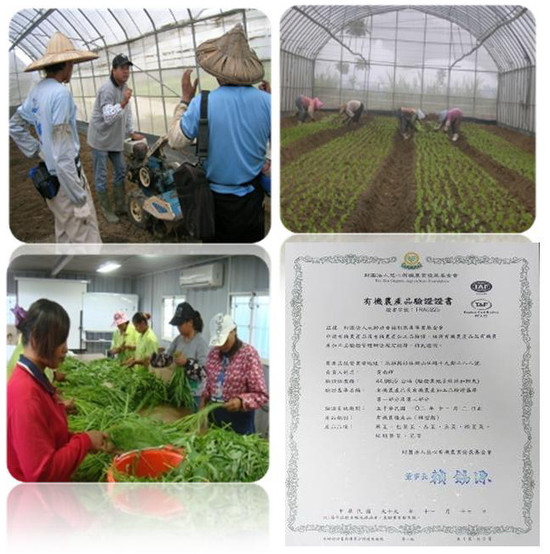


The Reconstruction Council Promotion of the Colorful Sustainable Community

The Reconstruction Council Promotion of the Colorful Sustainable Community - results are gradually showing
In order to assist disaster affected civilians to recover their lives and create a safer, more unique living environment, which would cater to their residential, living, education, employment, industry and cultural inheritance requirements, the Morakot Post-Disaster Reconstruction Council (hereinafter referred to as The Reconstruction Council) introduced the new developing concept of the “Colorful Sustainable Community“ on 1st Oct 2010, hoping through the related organizations and abilities of villagers to let permanent housing bases move towards a new sustainable community through three aspects of "Community Organization and Talent Training”, “Industry Development and Local Employment”, and “Education, Culture and Community Environment”.
The Reconstruction Council at present has confirmed various plan and budget requirements of sustainable community, including : general activity center, multi-purpose hall and commercial facilities; they will be funded by the Ministry of the Interior, Council of Indigenous People of the Executive Yuan and other agencies. NTD 447 million would be injected into indicative construction of 11 permanent housing bases in Kaohsiung, Pingtung County, Chiayi County and other locations. The Reconstruction Council points out that public facility plans of each sustainable community shall combine the cultural requirements of the residents with work together as a whole, so that every respective plan and funding requirement would be efficient and reasonable, which would avoid idling and waste. Plans of certain architectural design (such as church, community center) shall be carried out by architects carefully selected by responsible local authorities, because these structures shall bear reconstruction landmark value as benchmark buildings.
The Reconstruction Council indicates that through a coalition of the central government, local authorities, private enterprises and NGOs, the “Colorful Sustainable Community” concept is being conceived and beginning to show results, including : 27 Life Reconstruction Centers and 41 communication stations established by the Ministry of the Interior to provide services required by residents; subsidies of a maximum of NTD 100,000 to each household from the Council of Indigenous People in order to build a village linguistic database and enhance the cultural environment; 4 churches for the Rinari Tribe are under construction which were funded by The Government in order to meet the religious requirement of the residents. Shanlin Da Ai Community provided land for people to build a Taoist temple. An NGO assisted in providing education required by students, such as Evergreen Baihe Elementary School and Shanlin Da Ai Minzu Elementary School in the Ranari permanent housing base, which began construction in February and March respectively. The Council of Cultural Affairs began a “Culture Seed” training program targeting 30 “Culture Seeds” trained in order to implement cultural rebuilding and strengthening in the permanent housing bases. The Council of Labor Affairs introduced an employment assistance program, and held many training courses and employment agency exhibitions to enhance the occupational abilities of and opportunities for residents. The Foxconn Yonglin Foundation is developing 62 hectares of Yonglin Organic Farm with a NTD 500 million budget, which would provide residents with job opportunities in the future.
Premier Wu Den-Yih of the Executive Yuan stated at the 23rd Reconstruction Council meeting on 8th April that all fundamental public facilities required for sustainable community development are to be completed as soon as possible, such as the activity center, multi-purpose hall, culture square and culture linguistic building, with the Reconstruction Council supervising the Ministry Of the Interior, Council of Indigenous People and various local authorities, so that residents may gradually generate community strengthening and culture heritance once settled.
Towards reconstruction completion, the permanent housing bases will not only be “houses”, but “homes” with organic development both internally and externally. These permanent housing bases would become vibrant, grow organically and generate the development of “Colorful Sustainable Communities”.









